Discover the reasons behind a poorly flushing toilet and learn practical solutions to restore its…
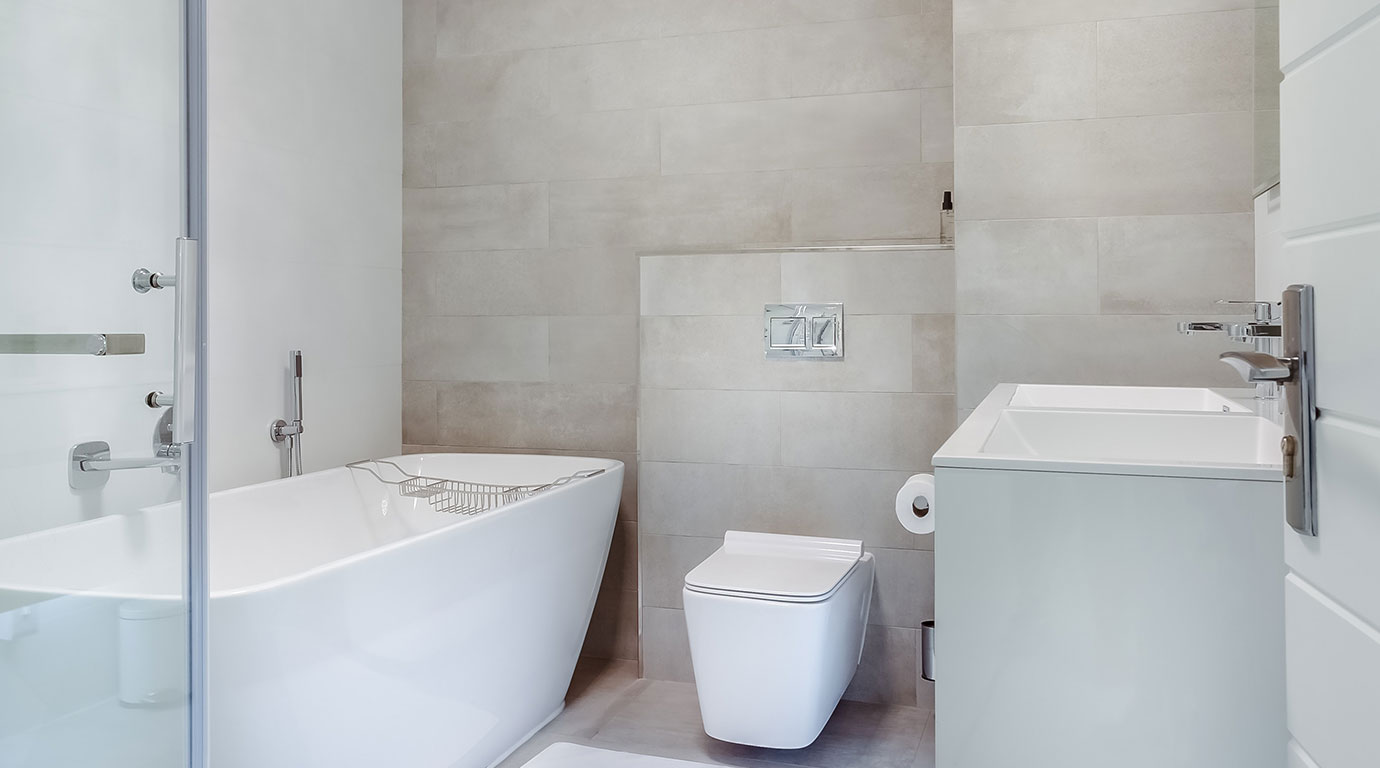
How to Fix a Running Toilet: A Step-by-Step Guide
Don’t let a running toilet drain your patience and your wallet! Learn how to fix it yourself with this easy-to-follow guide.
Is your toilet constantly running, wasting water, and driving up your water bill? Don’t worry, I’ve got you covered. In this step-by-step guide, specifically tailored for our Australian readers, I’ll show you how to fix a running toilet like a pro. You don’t need to be a plumbing expert to tackle this common household issue. So let’s roll up our sleeves and get started!
Assess the Problem: Is Your Toilet Actually Running?
Before diving into the solution, let’s make sure your toilet is actually running. Here are a few signs that indicate your toilet might have a running problem:
- Continuous sound of running water: If you constantly hear the sound of running water even when the toilet is not in use, it’s a clear indication of a running toilet.
- Water leaking into the bowl: If water is slowly trickling into the toilet bowl from the tank, it means there’s a leak that needs to be fixed.
- Higher water bills: If your water bill suddenly spikes without any apparent increase in usage, a running toilet could be the culprit.
As also stated by Melbourne Water, fixing leaks also plays a major factor in water saving, especially in Victoria as the average person uses more than 150 litres a day.
If you notice any of these signs, it’s time to take action and fix your running toilet.
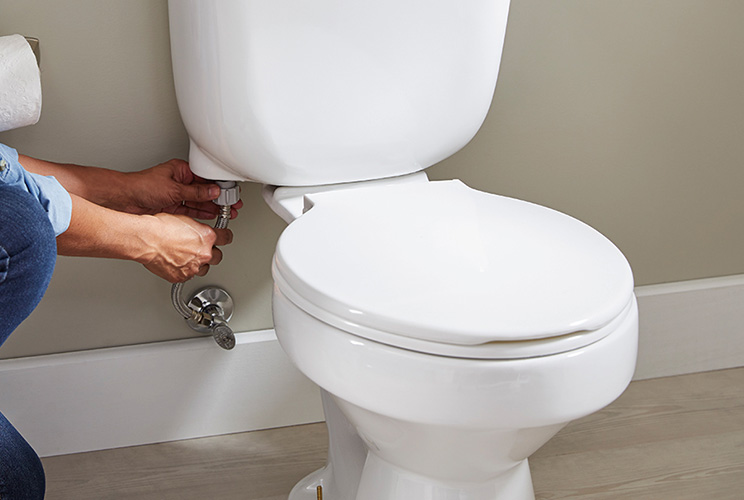
Gather Your Tools and Supplies
Before we start fixing the issue, let’s make sure you have the necessary tools and supplies on hand:
- Adjustable wrench: This tool will come in handy for loosening and tightening nuts and bolts.
- Screwdriver: Keep both a flathead and a Phillips screwdriver nearby for various parts of the repair.
- Rubber gloves: It’s always a good idea to protect your hands from any dirt or germs.
- Replacement parts: Depending on the problem, you may need to replace certain parts such as the flapper valve, fill valve, or flush valve. Make sure you have the appropriate replacements ready.
Once you have everything you need, you’re all set to fix that running toilet!
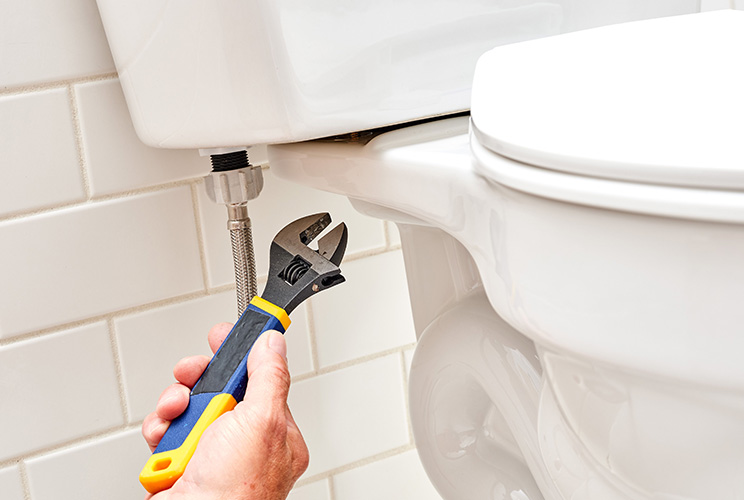
Step 1: Turn off the Water Supply
Safety first! Before you start any repairs, locate the water shut-off valve near the base of your toilet and turn it clockwise to stop the water flow. This will prevent any further water waste or accidental floods during the repair process. Otherwise if you can also turn off water throughout your whole property by using the water meter outside your property.
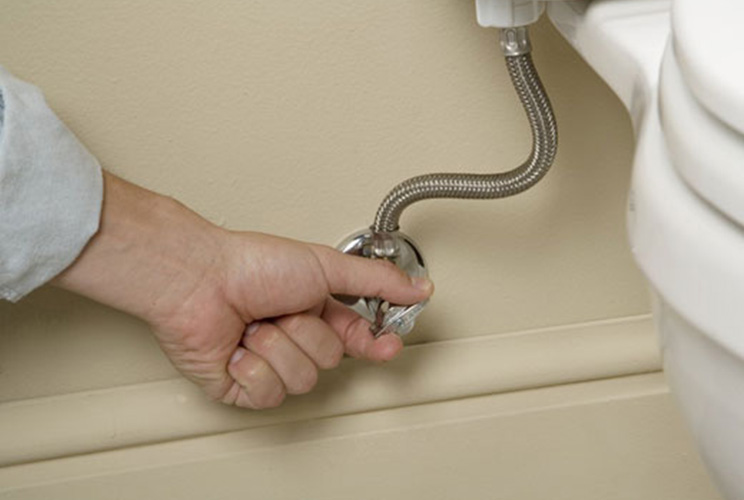
Step 2: Identify the Problem
Now that the water supply is off, let’s identify the specific issue causing your toilet to run. The most common culprits are:
- Worn-out flapper valve: The flapper valve is responsible for sealing the tank and preventing water from continuously flowing into the bowl. If it’s damaged or worn out, it needs to be replaced.
- Faulty fill valve: The fill valve controls the water level in the tank. If it’s not functioning properly, it can cause the toilet to continuously refill.
- Leaky flush valve: The flush valve is the mechanism that releases water from the tank into the bowl during a flush. If it’s leaking, water will constantly flow into the bowl.
By identifying the specific problem, you’ll be able to focus your repair efforts in the right direction.
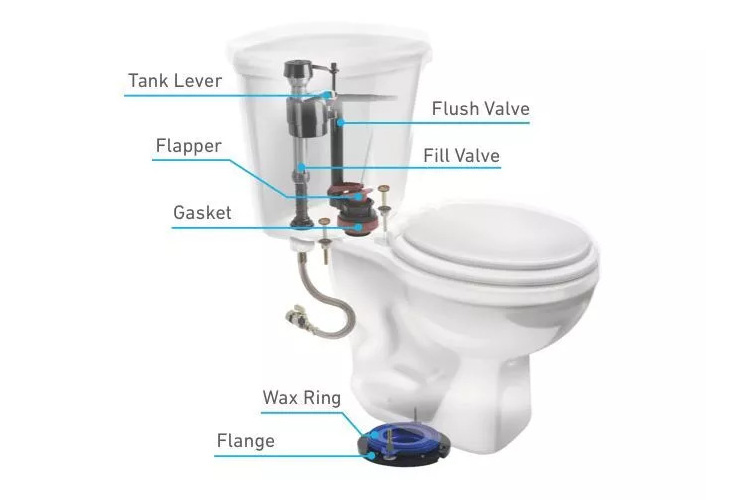
Step 3: Fix the Flapper Valve
In tanks using a flapper-flush valve, the outlet at the bottom of the tank is covered by a buoyant (plastic or rubber) cover, or flapper – Wikipedia
A video is of a broken flapper valve that keeps the toilet constantly draining and filling.
The flapper valve is often the main culprit when it comes to running toilets. Follow these steps to fix it:
- Remove the tank lid: Carefully lift the lid off the toilet tank and set it aside in a safe place.
- Inspect the flapper valve: Take a look at the flapper valve located at the bottom of the tank. Check for any signs of damage or wear.
- Clean or replace the flapper valve: If the flapper valve appears dirty or worn, you can try cleaning it with a soft cloth. If it’s beyond repair, it’s best to replace it with a new one.
- Install the new flapper valve: Place the new flapper valve over the valve seat and ensure it sits securely. Follow the manufacturer’s instructions for proper installation.
Step 4: Check and Adjust the Fill Valve
If the flapper valve is not the problem, it’s time to check the fill valve. Here’s what you need to do:
- Locate the fill valve: The fill valve is usually found on the left side of the toilet tank.
- Inspect the fill valve: Look for any visible signs of damage or issues with the fill valve assembly.
- Adjust the water level: If the water level in the tank is too high or too low, it can cause a running toilet. Adjust the fill valve according to the manufacturer’s instructions to achieve the correct water level.
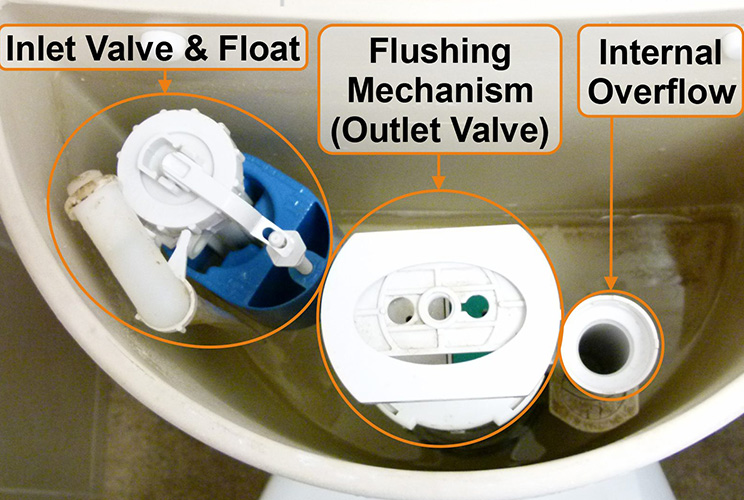
Step 5: Examine the Flush Valve
If the previous steps haven’t resolved the issue, it’s time to examine the flush valve. Here’s how:
- Inspect the flush valve: Check the flush valve for any leaks or malfunctions. Look for cracks or other visible signs of damage.
- Clean or replace the flush valve: If the flush valve is dirty or damaged, cleaning it may solve the problem. However, if it’s beyond repair, a replacement may be necessary.
Step 6: Turn on the Water Supply
With the repairs completed, it’s time to turn the water supply back on. Slowly turn the water shut-off valve counterclockwise to restore the water flow to the toilet.
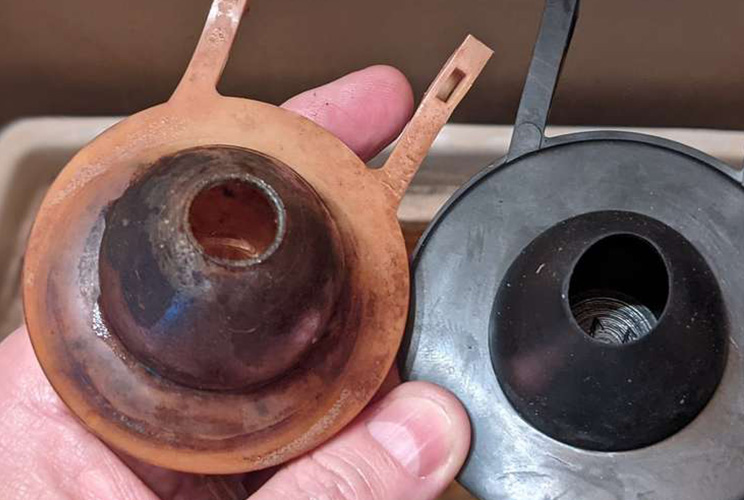
Step 7: Test and Verify
Flush the toilet and observe if the running problem has been resolved. Check for any leaks or abnormal behavior. If everything looks good, congratulations! You’ve successfully fixed your running toilet.
Thoughts on the difficulty of fixing a running toilet youself
Fixing a running toilet is a pesky issue that many Australian homeowners are guaranteed to encounter. By following our step-by-step guide, you can potentially save money on water bills and prevent unnecessary water waste. Remember though, if the problem persists or you’re unsure about any of the repairs, it’s always best to seek the help of a professional plumber. Don’t let a running toilet disrupt your peace of mind—take action and restore your toilet’s functionality today! It is also important to note that not all toilet cisterns are the same and that could pose further complications if you are attempting to fix it yourself. Some Toilets may have older components that are not available for replacement and universal valves might not fit. Sometimes if the toilet is too old its best to replace the toilet with a newer and more efficient model.
The three most common cistern models in Australia are: Bottom Inlet, Back Entry and Concealed. – Caroma
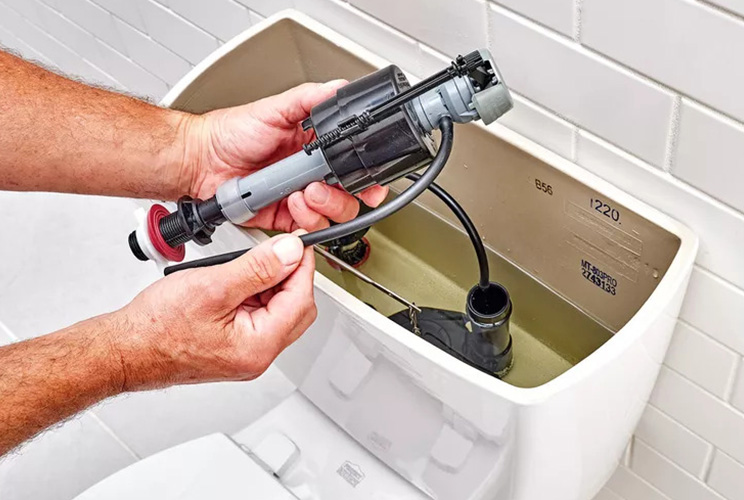
Are you curious whether there’s other water leaks around your home? Here’s a water leak detection tool.
Calling a Professional Plumber to Fix a Running Toilet
While it’s possible to fix a running toilet yourself, there may be instances when it’s best to call a professional plumber. Here are some scenarios where seeking professional help is recommended:
Persistent or Complex Issues
If you’ve followed the steps outlined in the guide and the running toilet problem persists or seems more complex than anticipated, it’s wise to consult a professional plumber. They have the knowledge and experience to diagnose and resolve intricate issues that may not be evident to an inexperienced individual. A professional plumber can provide an accurate assessment of the problem and implement the most effective solution.
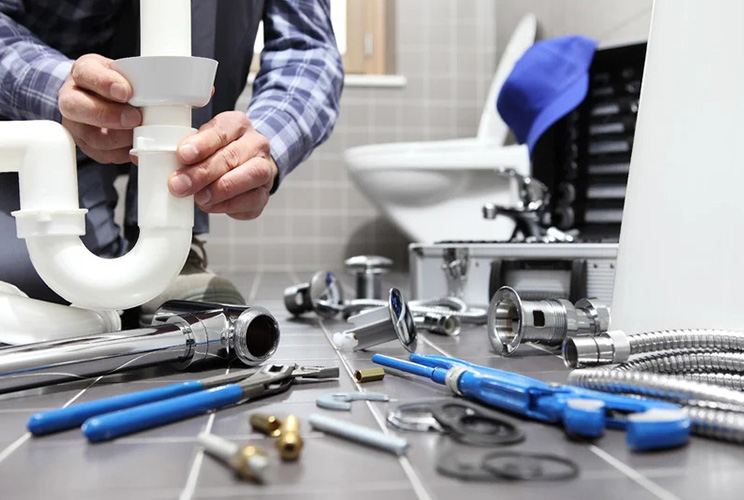
Age or Condition of the Toilet
Older toilets, especially those with outdated or discontinued parts, can present unique challenges when it comes to repairs. If your toilet is particularly old or in poor condition, it may be more practical to seek the expertise of a professional plumber. They can evaluate the situation, determine if replacement parts are available, or recommend upgrading to a more modern and efficient toilet.
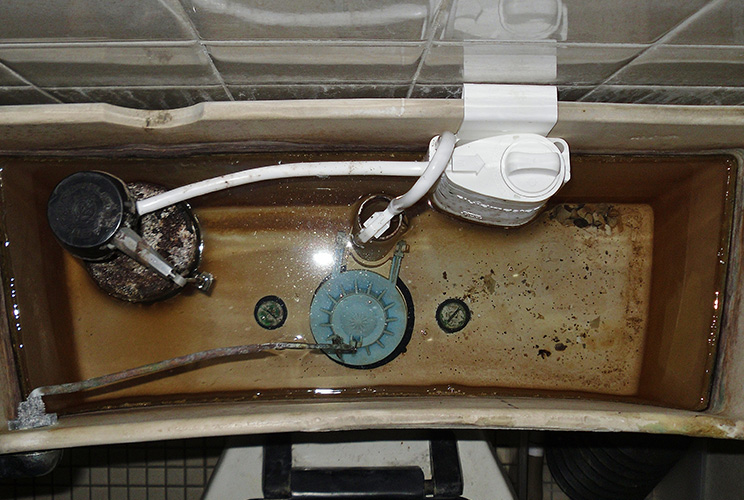
Lack of Confidence or Time Constraints
Not everyone feels comfortable performing DIY repairs, especially when it comes to plumbing. If you lack confidence in your abilities or worry about making a mistake that could worsen the problem, it’s best to call a professional plumber from the start. Similarly, if you have a busy schedule or limited time to devote to the repair process, hiring a professional can save you valuable time and ensure the job is done correctly.
Warranty Considerations
If your toilet is still under warranty, attempting repairs yourself may void the warranty. Manufacturers often require professional installation or repairs to maintain the warranty coverage. By calling a professional plumber, you can ensure that the repair work aligns with the warranty requirements and avoid any potential issues with future claims.

Comprehensive Plumbing Inspection
If your running toilet is just one of several plumbing concerns in your home, it might be beneficial to have a professional plumber conduct a comprehensive inspection. They can identify any underlying issues or potential plumbing problems that may not be immediately apparent. Addressing multiple plumbing issues at once can save you time, money, and future headaches.
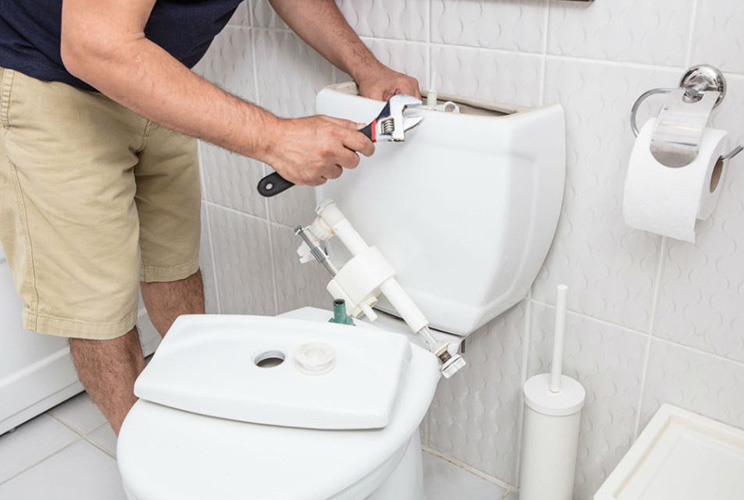
Our Genuine Thoughts on the Matter
Fixing a running toilet can be a manageable task for many Australians. However, certain circumstances warrant calling a professional plumber. If you are not 100% confident, or the issue persists then you should definitely get a comprehensive plumbing inspection. Remember, a professional plumber has the expertise to diagnose, repair, and provide valuable guidance for your specific situation. We make guides so people have better understanding on what exactly is involved in anything plumbing-related and can make an informed decision. You should always call a professional when necessary, this ensures the long-term functionality and efficiency of your toilet while avoiding potential complications.

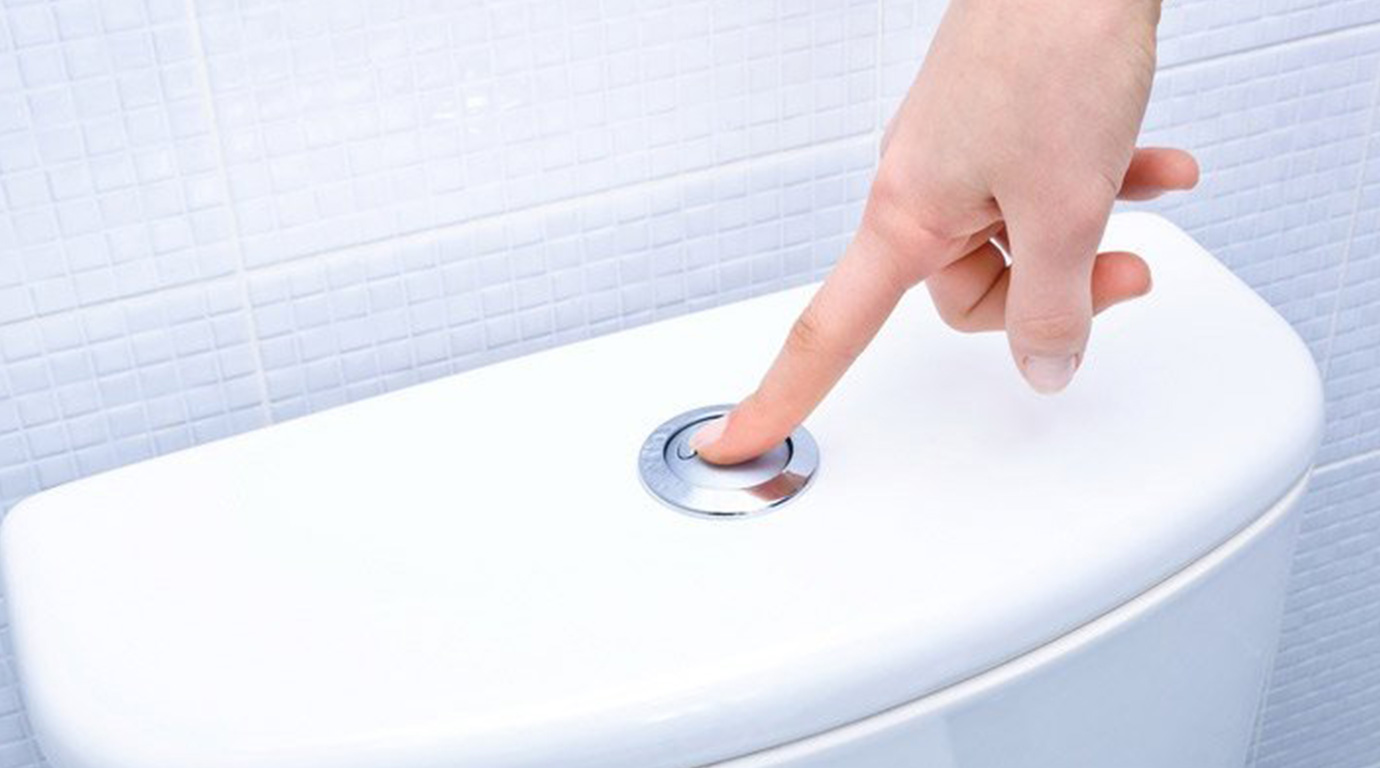
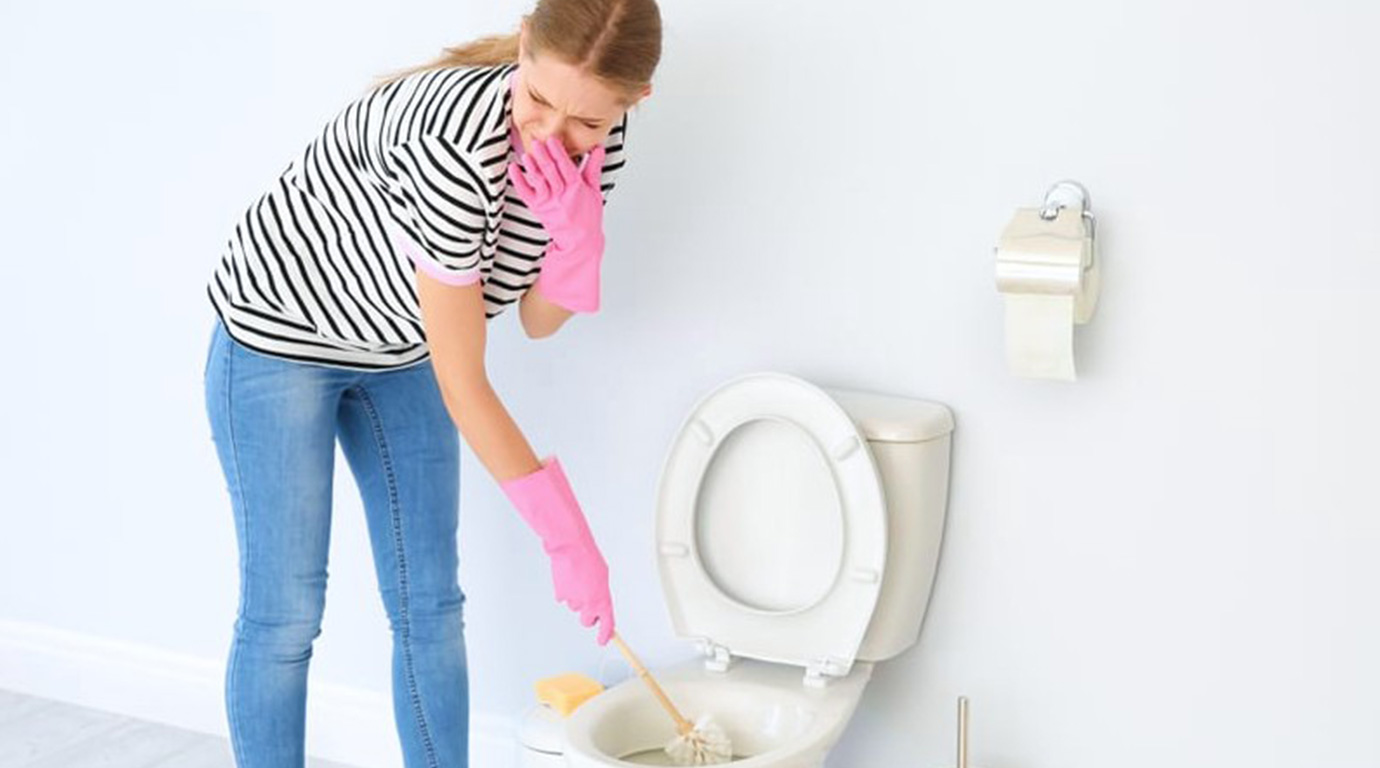
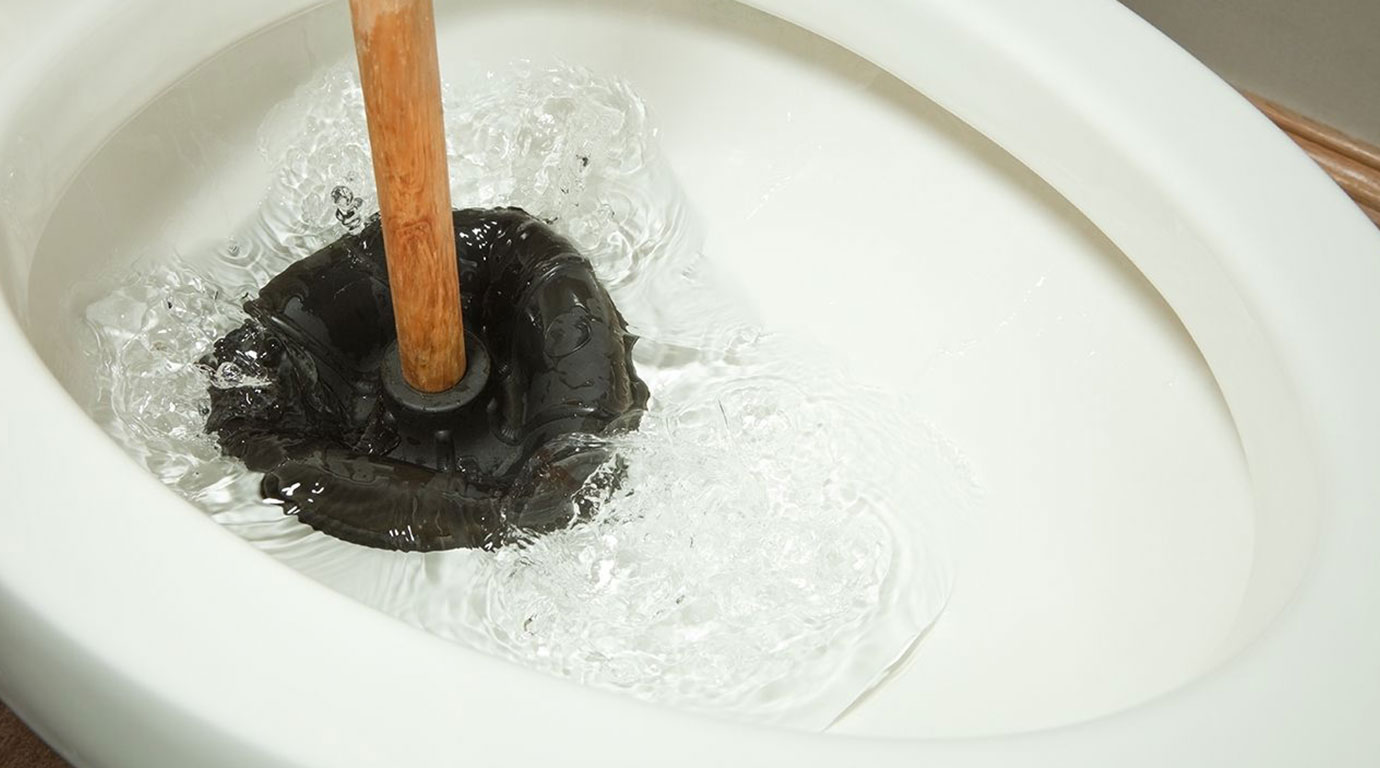
This Post Has 0 Comments